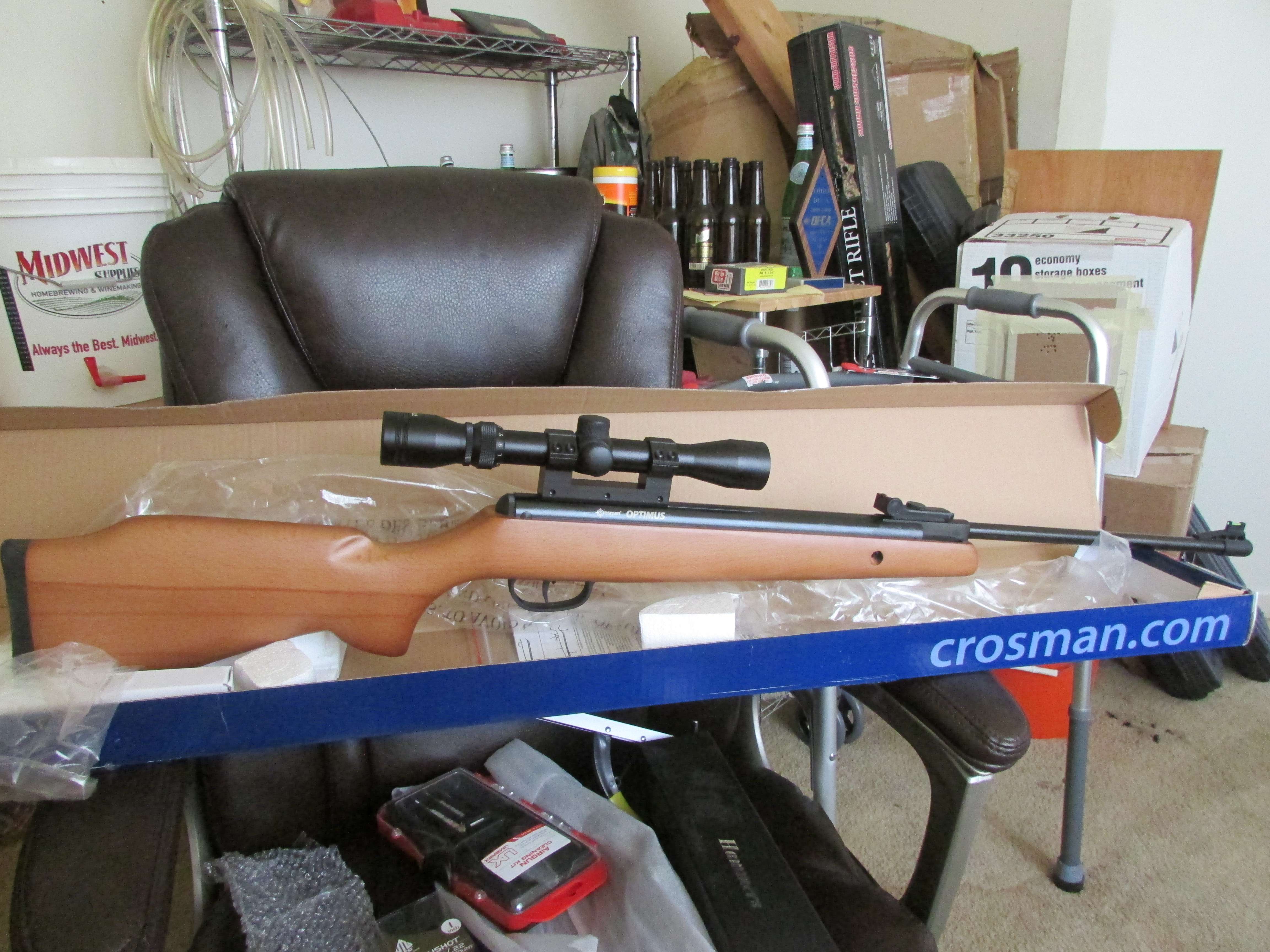@bwaber - man, what a bunch of loaded questions! I was in your position not long ago, having paid no attention to the airgun world in decades. Here's what I've learned so far; others on the forum with more knowledge and experience can chime in wherever they have more to say.
1. I have owned and shot modern magnum spring rifles (Hatsan Mod 95, Hatsan Edge, Hatsan Mod 87, Crosman Optimus), Nitro Piston Gen1 rifles (Crosman Fire NP, Benjamin Titan GP), and a Nitro Piston Gen2 (Benjamin Summit NP2). All of these rifles are considered "low-end" springers in that they all come in under the $200 mark and are made for higher-power hunting and plinking. Note that air guns made for the European market tend to be much lower powered; in the UK the guns must not exceed 12 foot-pounds of energy (fpe) at the muzzle, while American guns try to double that. Based on the guns and prices you state in your post I can say that spring powered guns in the sub-$200 range can be very powerful, accurate, and durable - as well as noisy (even with moderators and/or shrouds on the barrels), jumpy, hold sensitive, and require patience from the shooter as he learns to hold them properly (look up "artillery hold" on YouTube for more on that hold issue). Gas piston/strut/ram guns tend to be as powerful yet have a smoother cocking and shooting cycle, making them less hold sensitive and arguably easier to quiet with moderators and shrouds. I prefer the gas pistons but plenty of shooters better than me swear by the spring piston rifles. Sorry, you just have to take the plunge and discover which it is you prefer.
2. No leakage problems that I'm aware of in general. I'm sure there've been a few defect gas cylinders come down the lines but by and large the gas springs are totally proven. The idea for them came from the auto industry where they've been in use for decades, after all. A rock-solid technology, to say the least.
3. Gamo rifles have a devoted and vocal following as well as a hard-core group of haters. Same with most of the makers outside of a few select manufacturers in Europe who've been doing air guns right for over a Century. My opinion (and that's all this next part is) is that a first spring rifle should be something that doesn't require expert airgun technique to shoot well. The Mach 1 is a great rifle that demands a pretty substantial level of experience to shoot well. By the way, I do encourage your choice of a .22 since that is a really good all-around caliber for plinking, pest control, and small game hunting.
4. Gamo has "inert gas technology" IGT, Crosman/Benjamin has "Nitro Piston" generations 1 and 2, Umarex has "reactive system" gas rams, Hatsan has "Vortex" compressed air cylinders, BSA has "gas ram technology" GRT, and on and on and on... The gas pistons seen in all of these guns had their start in the Theoben gas spring developed in the late 20th Century, and all of them perform as springs admirably. As with the gun manufacturers, the gas springs have adherents and detractors. Personally I am a fan of the Nitro Piston clan, but really enjoyed the Hatsan Vortex I owned and have seen a-MAZING video of the BSA guns with gas springs.
5. Again, the Gamo guns can be terrific shooters but they can also prove problematic like any mass-produced device.
6. With the Gamo, Umarex, Benjamin, and just about any other gun your friend is YouTube. Not every gun has reviews and shooting demos out there, but so many do! Do a search on "air gun review" and take a long weekend to peruse the results!
7. Break-barrel rifles are a wonderfully simple design for air guns. The air chamber, where the air is instantly pressurized and forced out of a small hole (air port) and into the barrel, occupies the back half of the gun's action assembly; it's the metal tube that actually resides in the stock. The piston and spring (steel or gas) sits within the air chamber tube and occupy the back two thirds of the chamber. The barrel is on a hinge at the front end of the air chamber, sitting on the outter side of the air port. It locks into place with some kind of locking mechanism (ball bearing or wedge-shaped catch, each under spring tension) so that the barrel entry (breech) is in line with the air port. There is indeed a gasket or o-ring around the breech of the barrel, called the breech seal. This used to be a leather seal in all cases, though most modern air guns have moved to rubber or some other synthetic for longer life and greater material consistency. Some "springers" lock up so tight that you have to slap the upper barrel to snap open the break, allowing you you cock the gun using the barrel as the cocking lever and also providing access to the breech for pellet loading.
There is so much more going on in each of these sections... all I can say is keep asking questions, at least handle some of these guns (even if you can't actually cock and shoot them) so you get a feel for weight, balance, ergonomics, etc... and, from me to you, don't spend a fortune on your first gun. Spend enough to buy a quality plinker and target hunter and then shoot it, shoot it, SHOOT IT. Then shoot it some more. You will discover what you like and what can live without.


